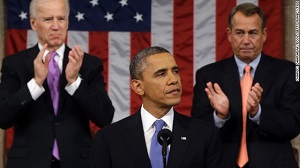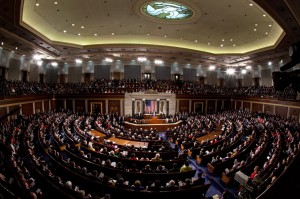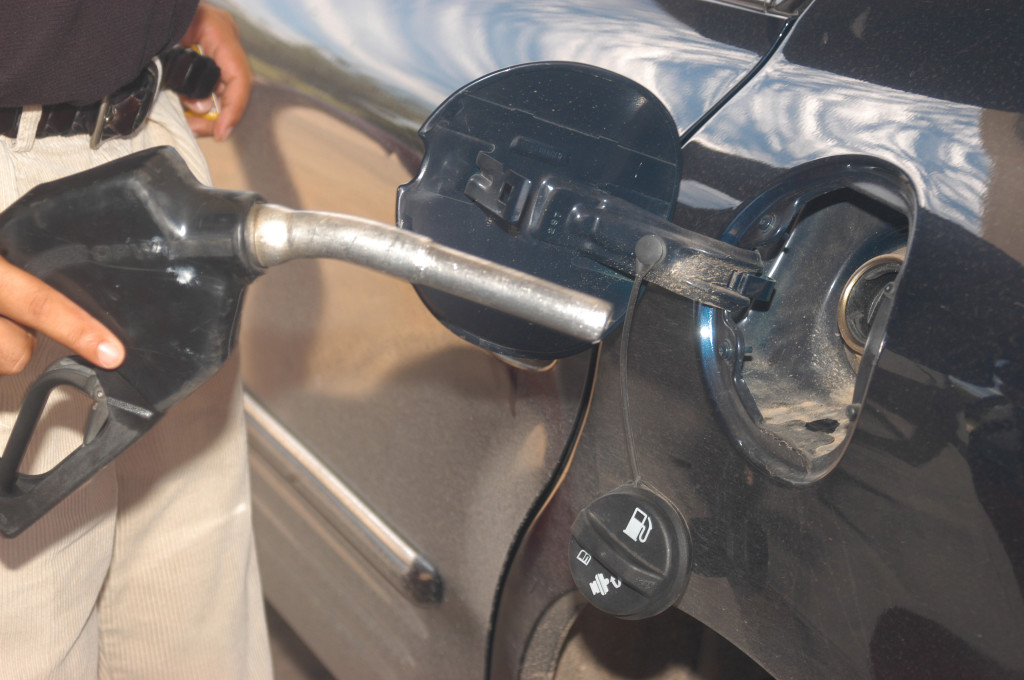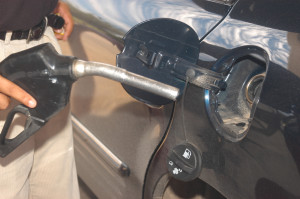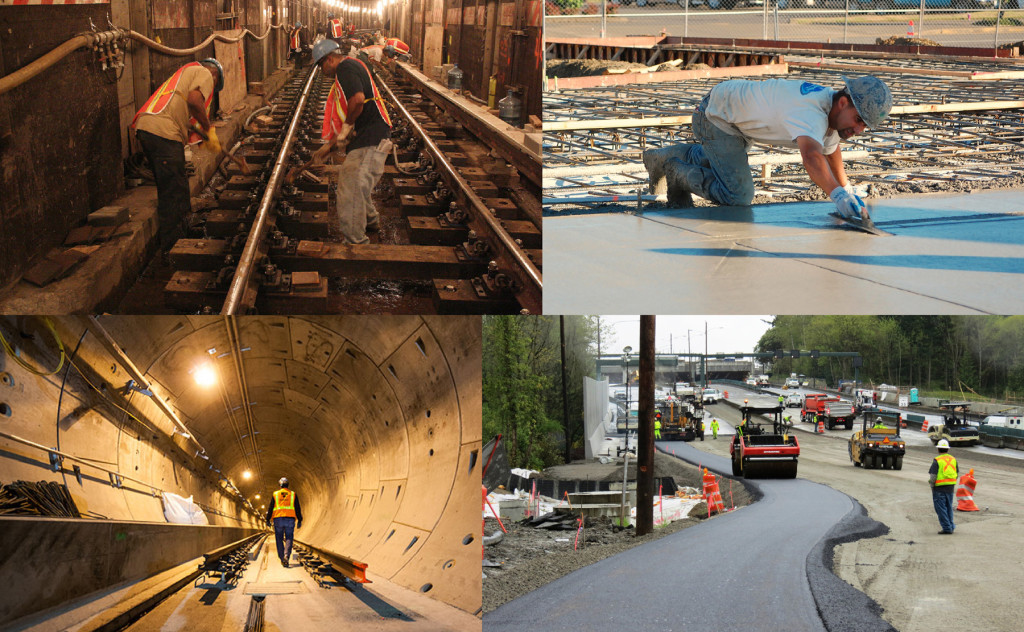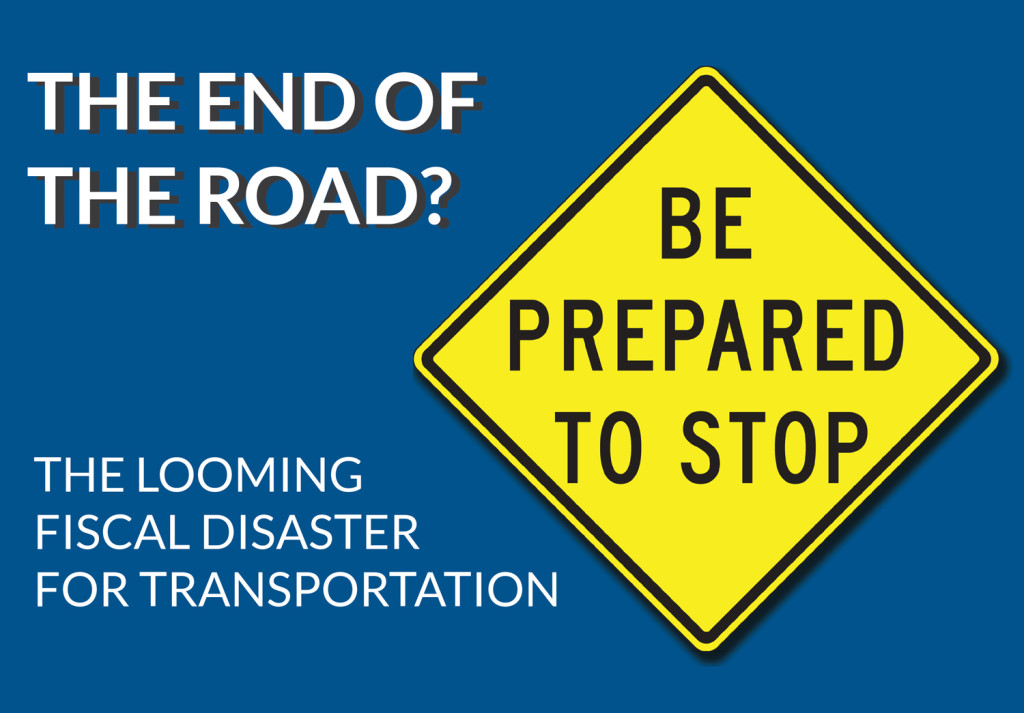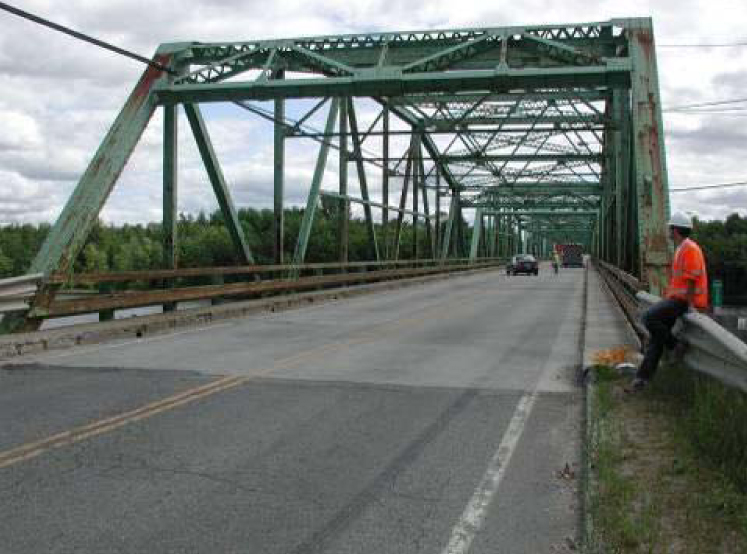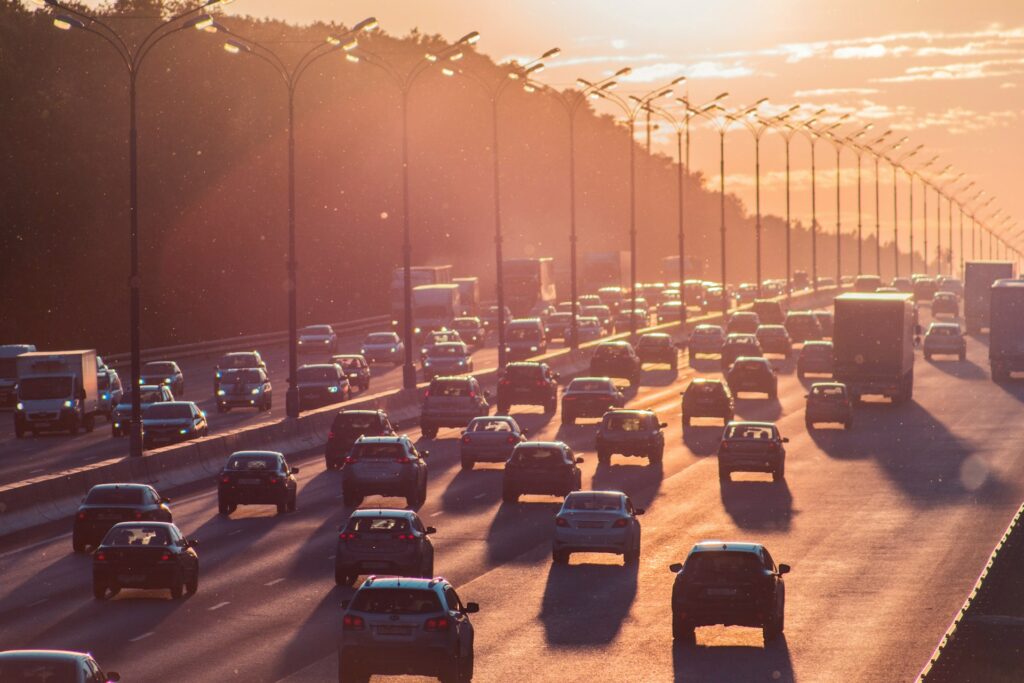
New legislation introduced by Senator Markey, the GREEN Streets Act, seeks to establish goals for emissions reduction and resilience in our transportation system, marking a pivotal step in alleviating the climate crisis on our roadways. Tell your senator to cosponsor this legislation.

Transportation is the largest source of greenhouse gas (GHG) emissions in the United States, and the bulk of them come from driving. To reduce these emissions, our transportation system requires more opportunities to travel outside of a car.
Yet, federal transportation policy and funding historically, at all levels, have encouraged projects that expand highway networks at the expense of public and active transportation. Our recent analysis demonstrated that even with landmark legislation like the IIJA, touted for its climate programs, states are continuing to designate billions of dollars towards expanding road capacity. Such a car-oriented design forces people to drive for longer and more frequent trips, creating more congestion—and generating more emissions.
On January 25, 2024, Senator Ed Markey introduced the Generating Resilient, Environmentally Exceptional National (GREEN) Streets Act, co-sponsored by Senator Merkley, with companion legislation introduced in the House of Representatives by Congressman Huffman. This bill aims to reduce GHG emissions on all public roads and create resilient transportation systems that can adapt to the adverse effects of climate change.
To achieve these goals, the GREEN Streets Act directs the Secretary of Transportation to create minimum standards for states to reduce GHG emissions, per capita VMT, and air pollutants on public roads. Furthermore, the bill requires states and metropolitan organizations (MPOs) to publish an analysis of the effects of projects that increase traffic capacity on environmental justice communities that are at higher risk of experiencing adverse health and climate impacts. These measures build on the GHG emissions measure released by USDOT, encouraging more transparency and accountability within our transportation system.
Investing in our transportation system means investing in social, economic, and environmental outcomes. It is crucial that federal investments help Americans safely, reliably, and affordably get to where they need to go. Federal legislation like the GREEN Streets Act will play a fundamental role in avoiding the worst effects of climate change and enhancing the resiliency and connectivity of our communities.
Help support this bill. Click here to ask your senator to be a co-sponsor.




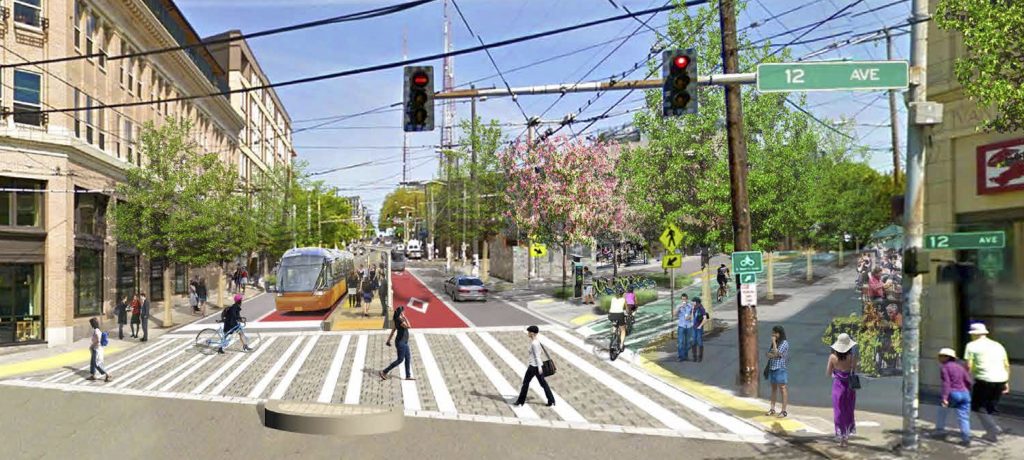


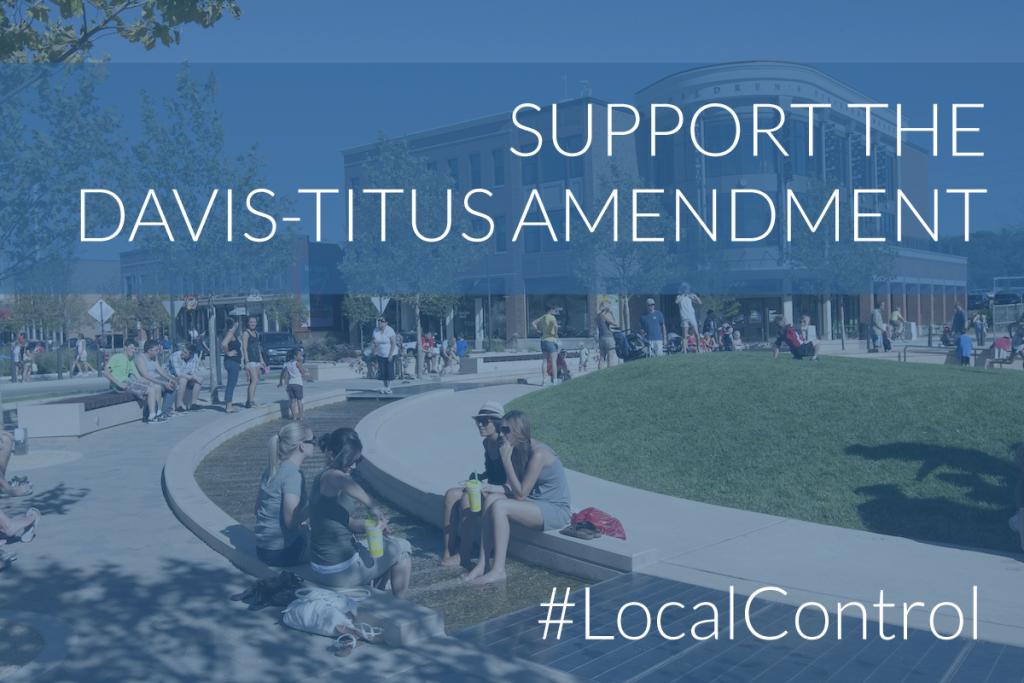


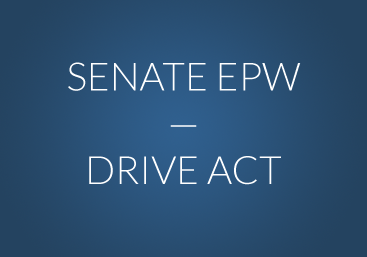 June 24, 2015 — The Senate Environment and Public Works Committee (EPW) released its six-year MAP-21 reauthorization proposal on June 22, 2015. The DRIVE Act is a start, but needs much more work to reform — and reinvigorate — the federal transportation program in ways that will boost today’s economy and ensure future prosperity. This memo provides an overview of the key provisions included in the proposal, as well as funding levels for key programs.
June 24, 2015 — The Senate Environment and Public Works Committee (EPW) released its six-year MAP-21 reauthorization proposal on June 22, 2015. The DRIVE Act is a start, but needs much more work to reform — and reinvigorate — the federal transportation program in ways that will boost today’s economy and ensure future prosperity. This memo provides an overview of the key provisions included in the proposal, as well as funding levels for key programs.